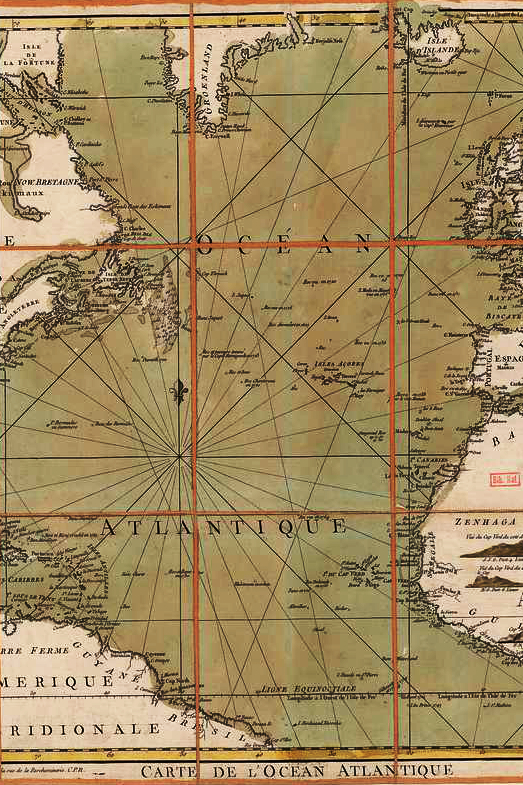Maps
Maps have been essential tools for navigation, exploration, and understanding the world for thousands of years.
The art of mapmaking, or cartography, began in ancient civilizations, with early maps created by the Babylonians, Egyptians, and Greeks to represent known territories.
Over time, the design and accuracy of maps evolved, especially during the Age of Exploration, when explorers like Columbus and Magellan charted unknown lands. Maps not only serve as practical guides for travel but also reflect the culture, knowledge, and artistic expression of the time in which they were created.
The importance of maps extends beyond navigation—they help us visualize geographical relationships, study history, and understand the environment.
Today, digital mapping tools continue to shape how we explore and interact with the world, demonstrating the enduring relevance and artistry of maps in our everyday lives.



